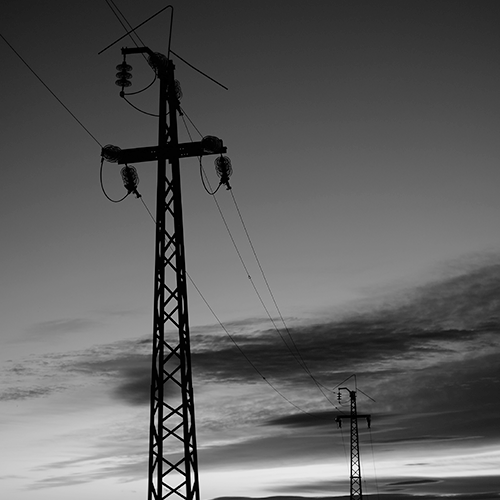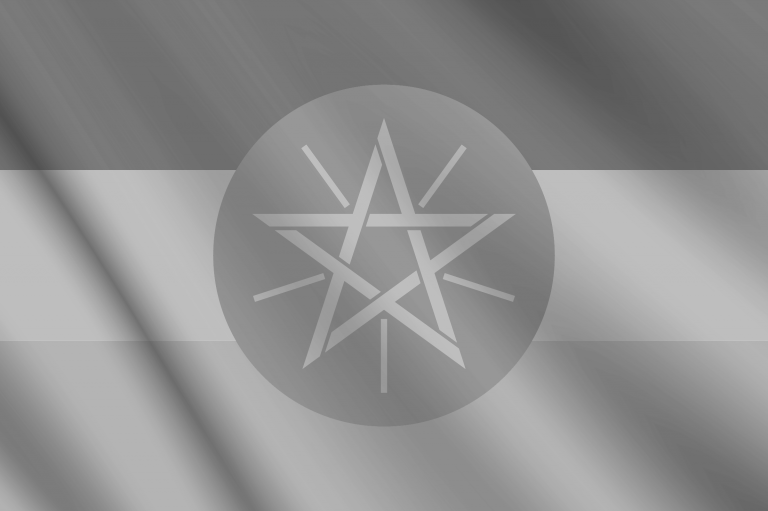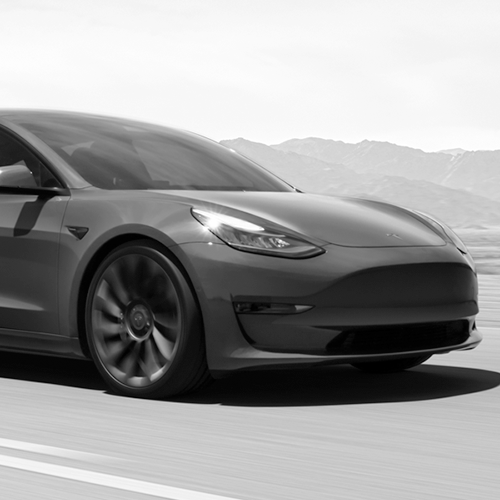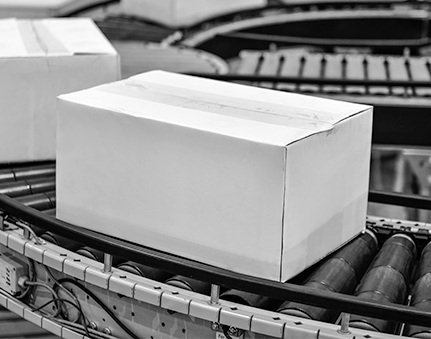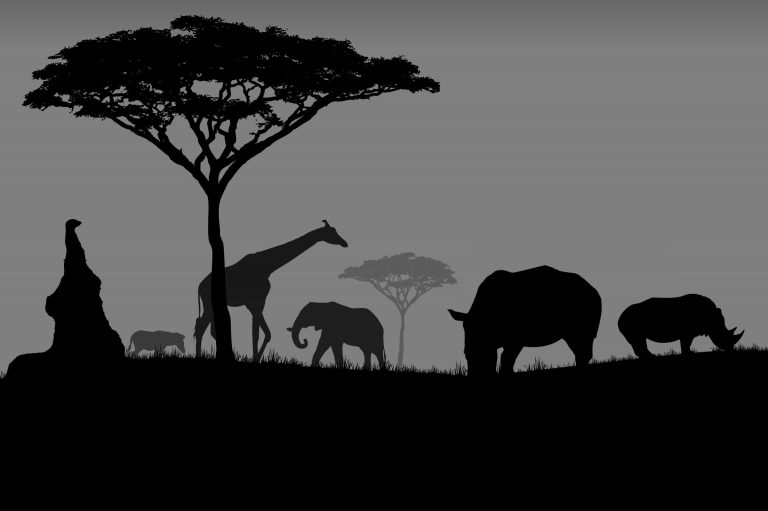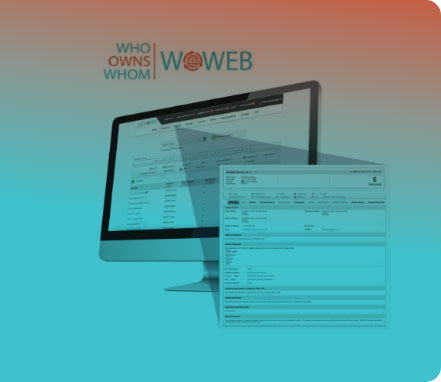Blog
Morocco
Morocco Snapshot
Morocco’s new coalition government has focused on pro-poor reforms, job creation and implementing the country’s industrialisation strategy, which aims to increase the industrial sector’s share to 23% of GDP by 2020 from 18.5% in 2016. Evidence of its aspirations and success in this regard can be found in the automotive sector, where, in 2017, it overtook South Africa as the continent’s largest producer of passenger cars.
A Call for Disclosure of Beneficial Ownership and Public Access in the Companies Amendment Bill
Public Enterprises minister Pravin Gordhan recently said that a lesson learnt from the OECD’s anti-corruption initiative is that “beneficial ownership of entities is concealed so that it becomes impossible to identify the actual owners of companies”. The 2008 global financial crisis, money laundering, terrorist funding and the Gupta, VBS Bank and Steinhoff delinquencies make a compelling case for maximum corporate transparency. South African company law has historically favoured those wishing to obscure corporate ownership.
Electricity gas steam and air conditioning supply
Electricity Generation in Africa
Public Enterprises minister Pravin Gordhan recently said that a lesson learnt from the OECD’s anti-corruption initiative is that “beneficial ownership of entities is concealed so that it becomes impossible to identify the actual owners of companies”. The 2008 global financial crisis, money laundering, terrorist funding and the Gupta, VBS Bank and Steinhoff delinquencies make a compelling case for maximum corporate transparency. South African company law has historically favoured those wishing to obscure corporate ownership.
Ethiopia
Ethiopia Snapshot
The winds of change are sweeping through Ethiopia since Abiy Ahmed became prime minister in April. Ethiopia is sub-Saharan Africa’s fastest growing economy, with average growth of around 10% a year for over a decade. GDP was US$8.2bn in 2000, $80bn by 2017, and will reach US$129bn by 2023, according to the IMF. The IMF’s World Economic Outlook expects 8.5% GDP growth in 2019 – while the World Bank expects 8% – outstripping advanced economies and global growth, which is expected at 3.9%.
Tanzania
Tanzania Snapshot
The European Union’s 5 November recall of its ambassador to Tanzania, based on “the deterioration of the human rights and rule of law situation” in the country, highlights growing concerns about its government’s crackdown on human rights and an increasingly difficult investment environment. Since assuming power in 2015, president John Magufuli has made significant changes and reforms including reducing bloated government, improving tax collection and reining in on tax evasion.
South AfricaWholesale and retail trade repair of motor vehicles and motorcycles
The South African Motor Vehicle Industry report
Would you like to know more about South Africa’s motor vehicle? Purchase the full report. If you found the infographic below useful, then please feel free to download it and use it as you see fit.
Agriculture forestry and fishingSouth Africa
The Manufacture of Paper and Related Products
If you’d like to find out more about South Africa’s Manufacture of Paper and Paper Products industry report then purchase the full report or share the free infographic below.
Financial and insurance activities
Africa Beckons
South African-based companies have just under 5500 subsidiaries on the rest of the African continent, according to the Who Owns Whom (WOW) ownership file of 32 000 African companies. These are traditionally weighted towards SADC countries, but the last ten years has seen a surge of expansion into East and West Africa.



